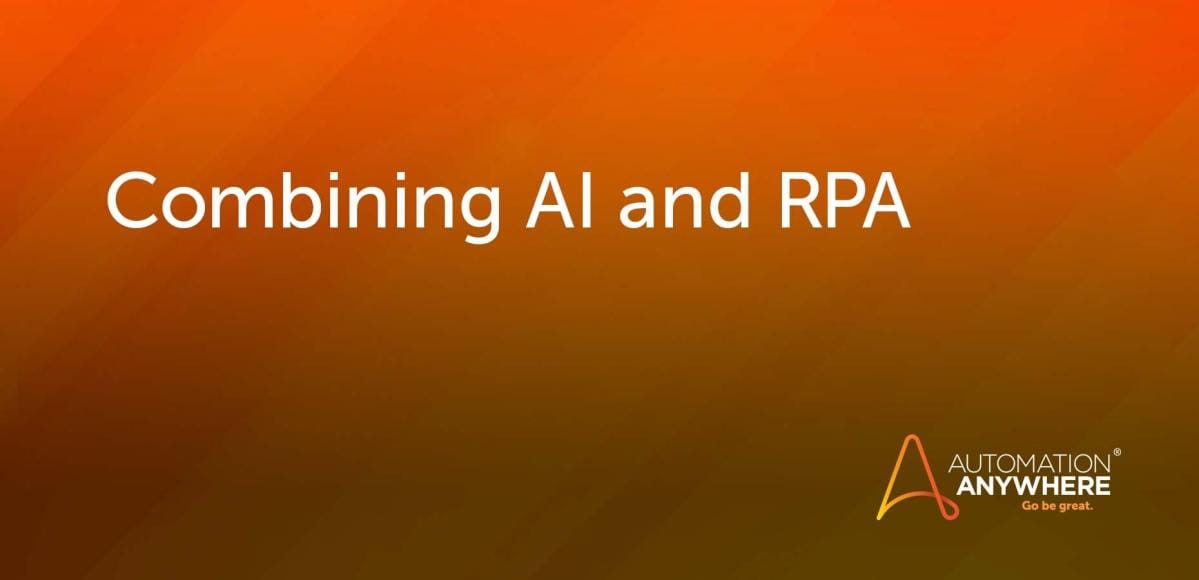- Login
- Search
- Contact Us
-
Have a question? Our team is here to help guide you on your automation journey.
-
Explore support plans designed to match your business requirements.
-
How can we help you?
-
- AI
AI Without the Hype From pilot to full deployment, our experts partner with you to ensure real, repeatable results. Get Started
- Automation Anywhere AI
-
- Solutions
Featured Agentic Solutions
Accounts Payable Invoice automation—No setup. No code. Just results. Accounts Payable
Customer Onboarding Scale KYC/AML workflows. Customer Onboarding
Customer Support Keep queues moving, even at peak load. Customer Support
Healthcare RCM Revenue cycle management that runs itself. Healthcare RCM
- Products
Platform Features
- Agentic process automation (APA)
- Robotic Process Automation (RPA)
- View all Products
-
- Resources
Get Community Edition: Start automating instantly with FREE access to full-featured automation with Cloud Community Edition.
Featured
 Named a 2025 Gartner® Magic Quadrant™ Leader for RPA.Recognized as a Leader for the Seventh Year in a Row Download report Download report
Named a 2025 Gartner® Magic Quadrant™ Leader for RPA.Recognized as a Leader for the Seventh Year in a Row Download report Download report- Become an Expert
- Developer Tools
- Get Support
- View all resources
-
- Partners
Find an Automation Anywhere Partner Explore our global network of trusted partners to support your Automation journey Find a Partner Find a Partner
- Find a Partner
- For Partners
-
Blog
Impact of AI & Cognitive Automation on Next-Gen Digital Workforce Platforms

The world has gone digital and automation has become a critical success factor. Across all industries, enterprises leverage the benefits of Robotic Process Automation (RPA) to automate business processes such as insurance claims processing, invoice processing, employee onboarding, support center, account reconciliation, patient outreach, and many others. These automated services allow companies to offer their users 24/7 experience with unprecedented levels of accuracy and reliability.
To keep up with the business and customer needs, automation must continue to evolve to include a new class of products that “reason and learn.” A new era of digital transformation is led by a Digital Workforce that combines artificial intelligence (AI) and cognitive automation, mixed with the right amount of human interaction. This next generation of automation addresses specific challenges in each vertical and industry.
Understanding when the combination of AI — such as machine learning (ML), natural language processing (NLP), cognition, data modeling — and robotic process automation (RPA+AI) is beneficial will be critical to the success of any company that is undergoing a digital transformation. A few examples include:
- Data synthesis: Today, data comes from multiple sources and in structured or unstructured formats. Using AI to extract critical data and feeding it to RPA is a critical step in this process to ensure a smooth flow of accurate information.
- Understanding context: An important step in full-cycle automation is to understand the right instructions or intent. The process of applying cognition here is to assist RPA in determining the right next steps based on what a user is trying to accomplish. Leveraging NLP to “read” and “understand” information in an email can help with the routing or process selection.
- Predictive modeling: Apart from extracting data and understanding intent, AI can be extended to make predictions and outcomes. Using ML at the right time during process automation allows decision modeling to recommend the best course of action. Banks, for example, can use ML models to predict the occurrence of fraud.
According to IDC, the worldwide spend for cognitive/AI systems will exceed $57 billion at a compound annual growth rate of 50.1% through 2021. As the implementation of AI and cognitive automation continues to grow, businesses must determine how to apply cognitive automation to improve adoption and yield return on investment.
We'll continue to explore how this new breed of the intelligent Digital Workforce is impacting industries and how you can be at the forefront of true digital business transformation.
Start your RPA journey.
Share this:
Related Blogs
About Avi Bhagtani
Avi Bhagtani is senior director of product marketing, focused on artificial intelligence and cognitive automation. He has multiple years of industry experience managing global software product portfolios in software, the Internet of Things, AI, and cloud organizations.
Subscribe via Email View All Posts LinkedInGet to know the Agentic Process Automation System.

For Students & Developers
Start automating instantly with FREE access to full-featured automation with Cloud Community Edition.


